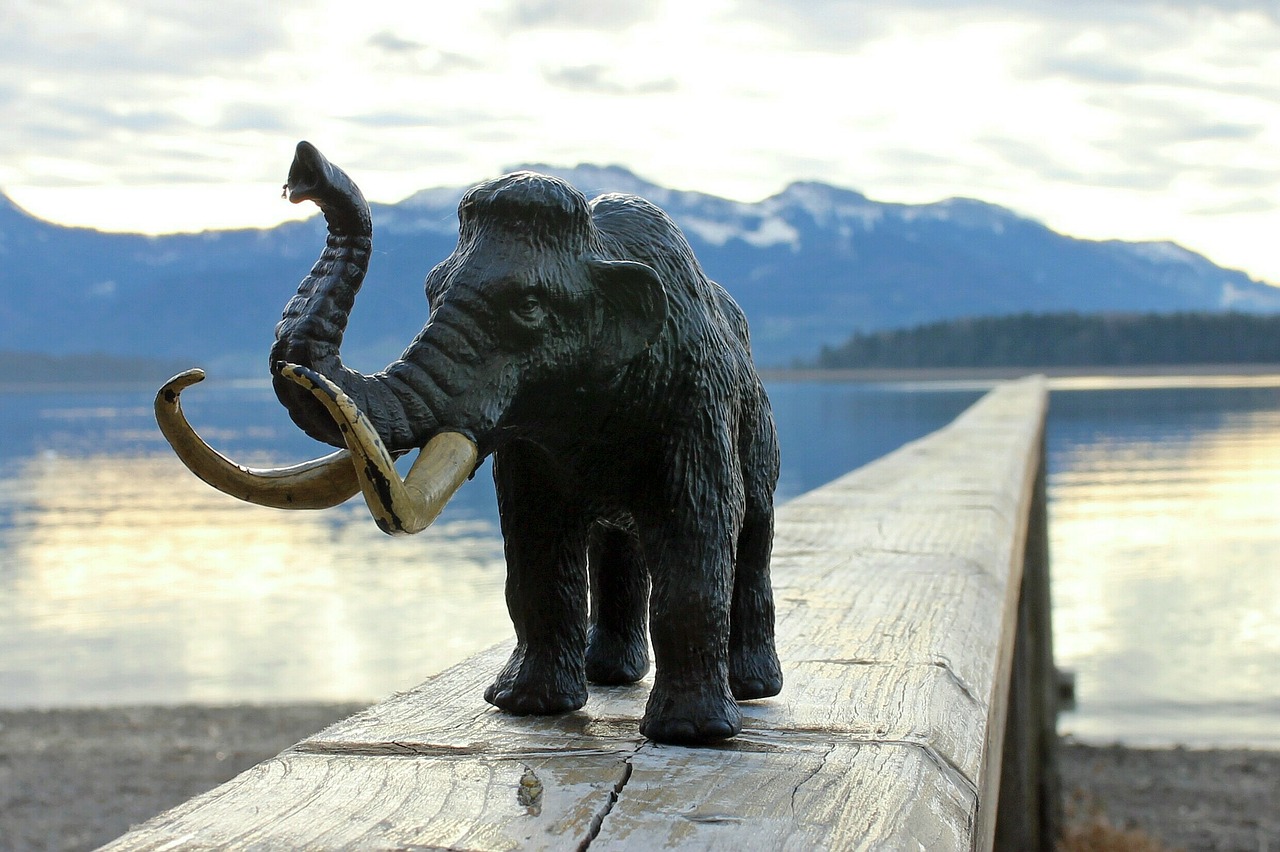Woolly mammoths disappeared from North America and Siberia some 10,000 years ago and since their demise, modern researchers have yet to resolve the ongoing debate as to the cause of their demise. But now, according to new research, it appears as if hunting may be more at fault than climate change when it comes to the loss of such giant ice-age mammals.
Researchers from the University of Michigan, doctoral student Michael Cherney and Museum of Paleontology Director Daniel Fisher, have taken to the analysis of juvenile woolly mammoth tusks and found an isotopic signature which suggests that the weaning age — the age at which calves stop nursing — decreased by roughly three years over the course of approximately 30,000 years leading up to their destruction.
The weaning age finding provides what Cherney referred to as “compelling evidence” that hunting, not shifts in climate, drove the mammals towards their demise all so many years ago.
This shift to earlier weaning age in the time leading up to woolly mammoth extinction provides compelling evidence of hunting pressure and adds to a growing body of life-history data that are inconsistent with the idea that climate changes drove the extinctions of many large ice-age mammals
The findings — which have not yet been published, but are scheduled for presentation at the Society of Vertebrate Paleontology meeting in October — won’t bring an end to the debate, but it may “show people the promise of a new approach toward solving a question that, so far, has just led to divided camps,” according to Cherney.
These findings will not end the debate, but we hope they will show people the promise of a new approach toward solving a question that, so far, has just led to divided camps
While researchers have been aware of the ability to extract valuable data from tusks, it wasn’t until now that adequate data from different individuals across “a wide enough range of geologic ages” could be produced to allow researchers to “show a pattern through time,” according to Fisher.
But this is the first time we’ve had data from enough individuals, and covering a wide enough range of geologic ages, to show a pattern through time (…) This is a milestone in the development of our approach, and it shows that the extinction problem is solvable.
In total, the U-M researchers studied fifteen tusks from mammoths aged 3 through 12.
Through their research, the pair showed that over the course of 30,000 years, the average woolly mammoth weaning age dropped from age 8 to age 5.
























